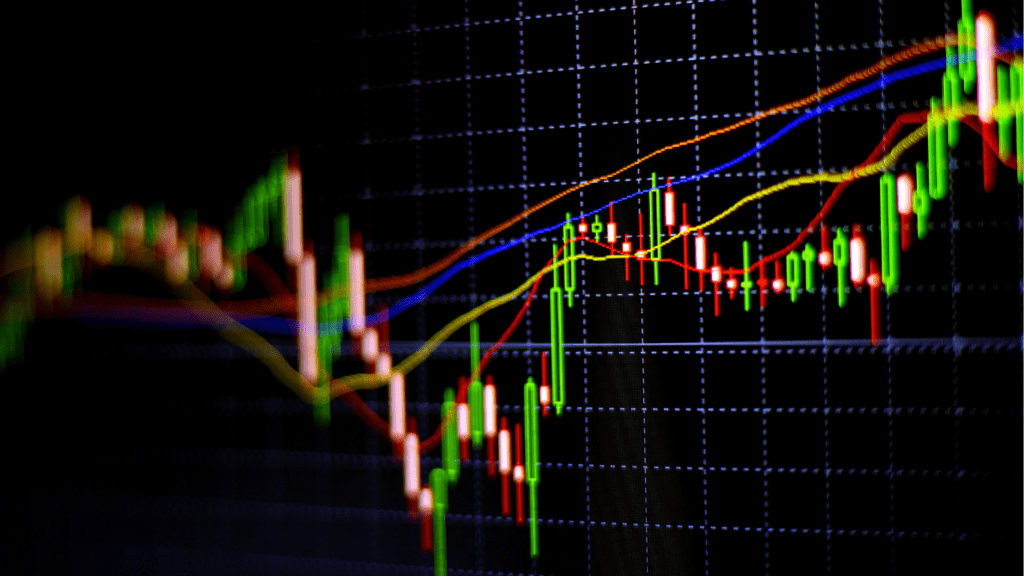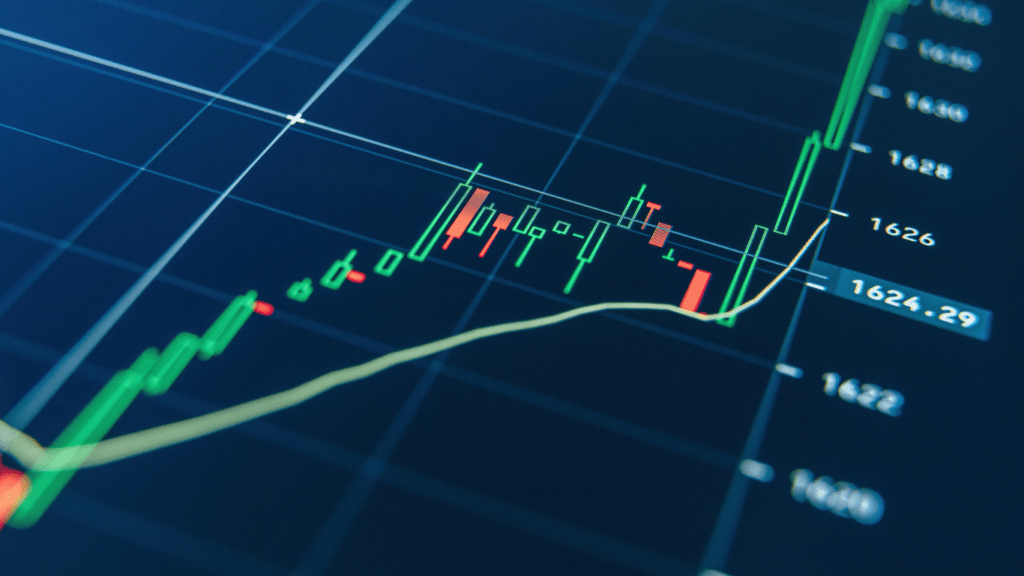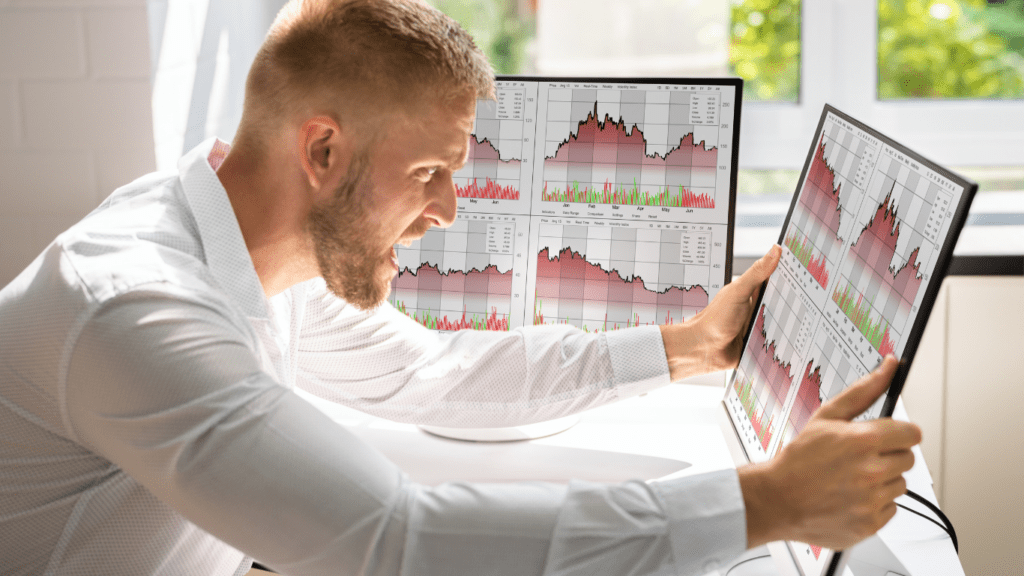Trading can feel overwhelming, especially when you’re trying to make sense of the countless metrics and charts. Two key concepts that often come up are volume and liquidity. While they might seem like complex financial jargon, they’re actually essential tools for understanding market behavior and making informed decisions.
What Is Volume In Trading?
Volume in trading measures the total quantity of an asset bought or sold over a specific time period. It serves as a key indicator of market interest and activity.
Definition And Importance
Volume represents the total number of transactions involving a particular asset, such as:
- stocks
- commodities
- cryptocurrencies
For instance, if 10,000 shares of a stock are traded in one day, the trading volume for that stock is 10,000. High volume typically indicates greater market interest, while low volume signals limited participation.
Understanding volume is crucial because it helps traders gauge market strength, confirm trends, or spot potential reversals. It provides data to validate price movements—without sufficient volume, a price change may lack reliability.
How Volume Reflects Market Activity
Volume reflects market activity by highlighting how many participants are actively buying or selling an asset. For example, during news announcements or earnings reports, trading volume often spikes, signaling increased market focus.
High volume during a price increase indicates strong buying pressure, suggesting a healthy trend. Conversely, declining volume during rising prices may suggest weakening interest. Monitoring these patterns helps traders make more informed decisions.
What Is Liquidity In Trading?
Liquidity in trading refers to how quickly and easily an asset can be bought or sold without significantly impacting its price. It’s a key factor that influences trading efficiency and risk.
Understanding Liquidity And Its Role
Liquidity indicates the availability of buyers and sellers in a market. High liquidity signifies that many participants are ready to trade, enabling smoother transactions. For example, in forex markets, major currency pairs like EUR/USD are highly liquid due to their global demand. Low liquidity, on the other hand, often results in slower trades and more substantial price movements, as seen in niche or low-volume stocks.
Efficient liquidity allows market participants to execute large orders without significant price changes. This stability is crucial for maintaining fair market prices and reducing slippage, which occurs when orders execute at a price different from the intended one. Traders prefer liquid markets for their tighter bid-ask spreads and minimized transaction costs.
The Relationship Between Liquidity And Market Efficiency

Market efficiency improves with higher liquidity. In liquid markets, price discovery occurs faster because frequent trades constantly update asset prices to reflect real-time information. This means fewer price anomalies and more accurate valuations.
Illiquid markets may exhibit inefficiencies, such as mispricings or delayed reactions to new information. These conditions create opportunities for arbitrage but also increase risk due to potential price volatility. Monitoring liquidity levels helps me assess a market’s efficiency and potential risks during trading.
Differences Between Volume And Liquidity
Understanding the distinctions between volume and liquidity is essential for effective trading. Although both terms relate to market activity, they represent different concepts with unique implications for trades.
Key Distinctions
Volume measures the total number of assets traded within a specific time frame. For example, if 10,000 shares of a stock are sold and bought in a day, the volume is 10,000. It reflects overall market activity but doesn’t indicate how easily those trades occurred.
Liquidity represents how quickly and efficiently an asset can be traded without impacting its price. For instance, a highly liquid stock like Apple has sufficient buyers and sellers to facilitate trades at stable prices, while illiquid assets like small-cap stocks may experience more price fluctuations.
The primary difference lies in focus. Volume gauges how much trading occurs, while liquidity measures how smoothly assets exchange hands. High liquidity does not always accompany high volume, as a market can be active without offering frictionless trades.
The Role Of Volume And Liquidity In Market Analysis
Volume and liquidity are fundamental in market analysis, forming the basis for evaluating market behavior and conditions. Using the right tools and approaches enables traders to interpret data more effectively and make informed decisions.
Indicators And Tools To Measure Volume
For measuring volume, tools like trading platforms provide indicators that track asset-specific activity. Volume indicators such as the On-Balance Volume (OBV) and Volume Weighted Average Price (VWAP) are common in assessing trading dynamics. OBV highlights cumulative volume trends, signaling market sentiment shifts, while VWAP establishes an asset’s average price, weighted by volume, for a session.
By integrating these tools, I evaluate the consistency of trading activity and spot discrepancies between price movements and volume. For example, when price rises but volume decreases, this divergence may signal a weakening trend. I also monitor historical volume data around significant events, like earnings releases, for interpreting how markets react to heightened interest.
Common Misconceptions About Volume And Liquidity
Misunderstandings about volume and liquidity can lead to poor trading decisions. It’s essential to distinguish myths from realities and interpret these concepts accurately for better outcomes.
Myths And Realities
1. Myth: High volume always equals high liquidity
Many believe that a market with high volume inherently offers high liquidity. In reality, volume represents activity, not the market’s ability to handle large transactions without significant price impact. For example, a stock might see high trading volume during news events but still experience wide bid-ask spreads, indicating low liquidity.
2. Myth: Low liquidity always signals poor market conditions
The notion that low liquidity reflects an undesirable market isn’t universally accurate. While illiquid markets can show inefficiencies, they may also present opportunities for traders who are skillful at navigating price swings. For instance, emerging markets often exhibit low liquidity but can provide attractive entry points.
3. Myth: Volume trends directly predict price movements
Many assume rising volume guarantees price increases or decreases. Volume changes often support price trends, yet other factors like supply-demand dynamics and external events significantly influence movements.
Avoiding Misinterpretation In Trading Decisions
Interpreting volume and liquidity correctly is critical for informed trading. Relying on isolated metrics can cloud judgment when market conditions are nuanced.
1. Analyze bid-ask spreads alongside volume
Combining volume analysis with liquidity indicators, such as evaluating bid-ask spreads, provides a clearer market picture. A tight spread in a high-volume market signals better trading conditions than a high-volume market with a wide spread.
2. Consider time-specific variability
Volume and liquidity vary depending on the time of day or market events. During pre-market or after-hours sessions, low liquidity may misrepresent price stability despite consistent volume patterns.
3. Use complementary tools for insight
Tools like VWAP (Volume Weighted Average Price) and depth-of-market charts enhance understanding by offering granular data on how volume and liquidity interact. Using these tools avoids relying on incomplete interpretations.
Trading success depends on recognizing these concepts’ intricacies, avoiding oversimplifications, and applying accurate metrics for decision-making.


 Crypto Trends Reporter
Crypto Trends Reporter

